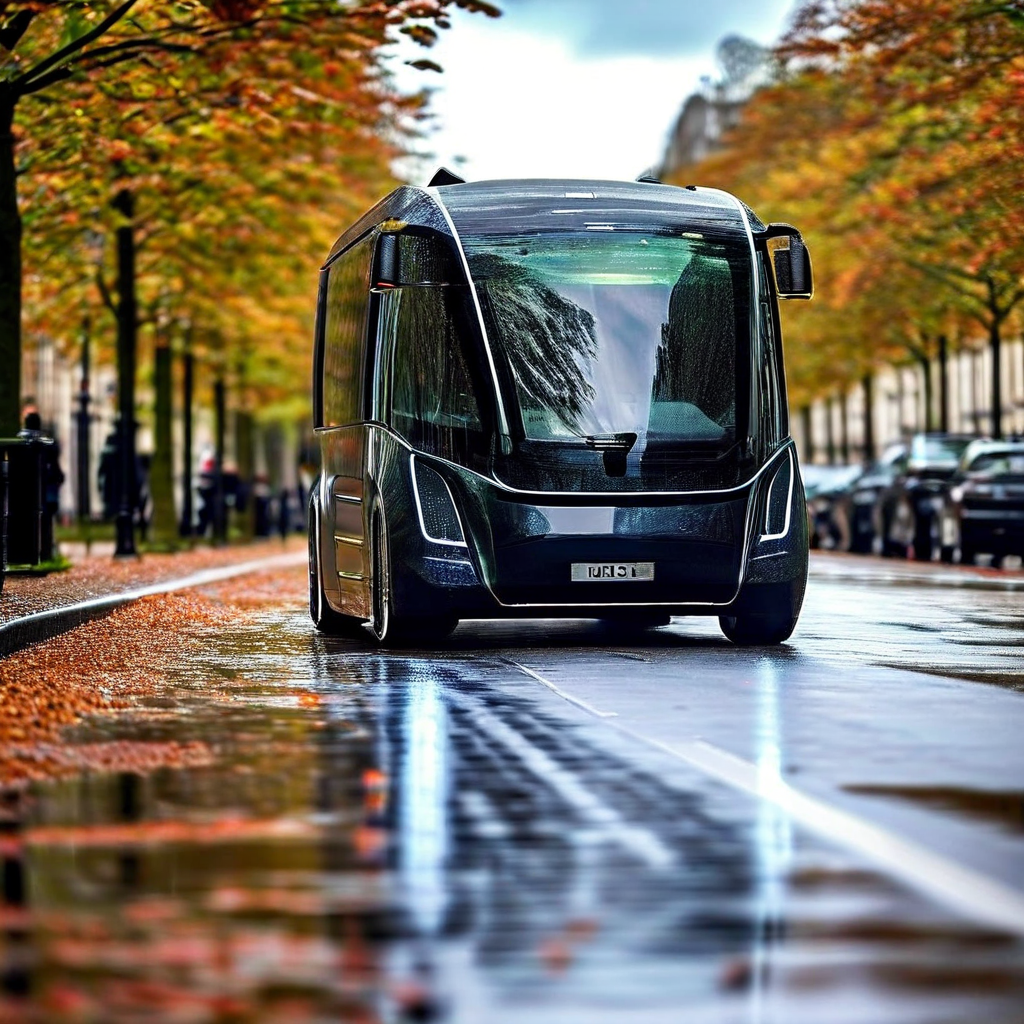As the automotive industry continues to evolve at a rapid pace, Australia is poised to witness a significant transformation in its vehicle market over the coming years. With a diverse array of new models, cutting-edge technologies, and emerging brands on the horizon, the Australian automotive sector is set for an exciting period of growth and innovation.
According to the Federal Chamber of Automotive Industries (FCAI), the peak representative organization for automotive companies in Australia, the industry plays a crucial role in the nation’s economy, lifestyle, and communities. Despite the cessation of local vehicle production in 2017, Australia remains a vibrant market for imported vehicles, with 68 brands offering 380 models across the country.
The upcoming years promise a wealth of new offerings across various segments, from electric vehicles (EVs) to performance cars and everything in between. CarExpert’s comprehensive list of upcoming vehicles provides a detailed look at what Australian consumers can expect in the near future.
One of the most notable trends is the continued expansion of the EV market. Brands like Audi, BMW, and Volkswagen are set to introduce new electric models, with the Audi Q4 e-tron expected in late 2024 and the Volkswagen ID.4 Pro and ID.5 GTX slated for December 2024. These launches align with the Australian government’s National Electric Vehicle Strategy, which aims to increase EV adoption and reduce emissions in the transport sector.
Luxury brands are not far behind in the EV race. Porsche is preparing to launch its all-electric Macan in the fourth quarter of 2024, while Lexus is expected to bring its LBX Morizo to the market in the first half of 2025. These premium offerings demonstrate the industry’s commitment to electrification across all market segments.
The SUV segment, which has dominated the Australian market in recent years, continues to see significant developments. According to the FCAI’s latest sales figures, SUVs accounted for 54.5% of new vehicle sales in June 2024, highlighting their enduring popularity. New models like the Kia EV5, expected in October 2024, and the Hyundai Kona Electric, already making waves in the market, are set to further strengthen this segment.
Performance enthusiasts have plenty to look forward to as well. BMW is planning updates to its M2 and M3 models in the fourth quarter of 2024, while the highly anticipated M5 is also on the horizon. For those seeking the pinnacle of automotive performance, Lamborghini has new offerings in the pipeline, though specific details remain under wraps.
The ute market, a staple of Australian automotive culture, is also evolving. Ford’s Ranger PHEV (Plug-in Hybrid Electric Vehicle) is expected in early 2025, marking a significant step towards electrification in this popular segment. Meanwhile, newcomers like BYD are set to enter the ute market with their Shark plug-in hybrid model, scheduled for release on October 29, 2024.
It’s not just established brands making waves; new entrants to the Australian market are set to shake things up. Chinese brands like Chery, with its Tiggo 4 model due in October 2024, and Xpeng, bringing its G6 to market in October 2024, are poised to offer consumers more choices and potentially disrupt traditional market dynamics.
The shift towards sustainable mobility is evident across the board. Hybrid and plug-in hybrid models are becoming increasingly common, with brands like Toyota, already a leader in hybrid technology, continuing to expand their electrified lineup. The Australian Renewable Energy Agency (ARENA) is supporting this transition through various initiatives aimed at accelerating the uptake of low and zero-emission vehicles.
Connected and autonomous vehicle technologies are also advancing rapidly. While fully autonomous vehicles are not yet on the immediate horizon for Australia, many upcoming models will feature advanced driver assistance systems (ADAS) that pave the way for future developments in this area. The National Transport Commission (NTC) is actively working on regulatory frameworks to ensure the safe introduction of automated vehicles on Australian roads.
The automotive industry’s transformation extends beyond passenger vehicles. Commercial vehicles are also undergoing significant changes, with models like the Ford E-Transit Custom electric van expected in the first quarter of 2025. This shift in the commercial sector aligns with Australia’s commitment to reducing emissions across all sectors of the economy.
As the industry evolves, so too does the infrastructure supporting it. The rollout of EV charging stations across the country is accelerating, with the Australian Government’s Future Fuels and Vehicles Strategy providing support for the expansion of charging networks.
The upcoming years promise to be transformative for Australia’s automotive landscape. From electric and hybrid vehicles to advanced technologies and new market entrants, consumers will have an unprecedented range of choices. This diversity not only caters to varying preferences and needs but also contributes to the broader goals of sustainability and technological advancement in the transport sector.
As the industry continues to evolve, it will be crucial for consumers, manufacturers, and policymakers to work together to ensure a smooth transition to this new era of mobility. With the right approach, Australia’s automotive future looks set to be as diverse and dynamic as the country itself.


 Home4 years ago
Home4 years ago
 Medical4 years ago
Medical4 years ago
 Gadgets4 years ago
Gadgets4 years ago
 Environment4 years ago
Environment4 years ago
 Medical4 years ago
Medical4 years ago
 Energy4 years ago
Energy4 years ago













